How Hot Has This Summer Really Been?
July 14th, 2018.
Looking south from just east of the Cloudcroft Ski Resort.
Putting Summer Temperatures Into Proper Perspective.
When you start talking about how hot or how cold it is its very important to keep things in perspective. That is if you are interested in the truth about our weather and not what the Climate Alarmists and Globalists are feeding us via the Main Stream News Media. More and more it seems that there is a rush to convince us that we have entered uncharted territory temperature-wise with every new record high temperatures falling by the wayside every time you turn around. Social Media has become a key role player simply because most people believe what they see or read. Media hype is rampant in some cases with very little fact checking going on.
Unfortunately some private and government Meteorologists have been a part of this for the past twenty years or so too. And now sadly even some National Weather Service Meteorologists and jumping on this band wagon. Not all of them but enough of them are to be a cause for concern. Make note that I am not claiming that every Met out there is taking part in this scheme. Many of these men and women are holding the line and trying to be honest in their reporting in spite of the enormous pressures and influences trying to persuade them into joining the movement. History will remember those of you who are fighting back against the lies and falsehoods surrounding the Climate Change controversy.
NOAA is not even trying to hide the fact now that they are in full support of this false Global Climate Change narrative. Their biggest sin...altering the historical Climate Data Sets to fit the political narrative. In some cases they raised the temperatures of the past because they were too cold and in some cases they lowered them because they were not cold enough.
Weather is and always will be a reflection of extremes. This includes all aspects of it...temperature, rain, snow, wind, etc. Weather is up and down all of the time. This is normal. Weather cycles on a daily basis, a weekly basis, monthly basis, yearly basis, and historical basis. The planets climate also cycles on a regular basis. There are short term cycles and long term cycles.
In today's politically charged environment it is fashionable for these people to jump on any little weather abnormality and directly contribute that phenomenon to Climate Change. Be a new daily record high temperature or an ongoing drought. These alarmists always are searching for a way to convince you and I that we have entered new uncharted dangerous territory and that if we don't change our ways we will alter the planets climate thus endangering mankind and beast alike.
Even though some of the good folks in NOAA who have decided to play along with the false Climate Change/Disruption narrative and have altered some of the nations climatolgoical temperature records to fit the narrative...we are not having the hottest summer or year on record. Shame on those meteorologists in both the government and private sectors who are playing along with this lie. What ever happened to telling the truth when involving scientific research, climate research or meteorological research. Oh I know the answer to this one. Money, promotions, career advancements, the spotlight, network ratings, and political correctness all factor in. Its time some of you quit lying and start telling the American people the real truth about our weather and climate?
Last week someone posted a picture on Twitter of a vehicle thermometer which read 144º in Death Valley, California. Maybe they were just trying to be funny and make light of the heat there. What bothers me more than this though is the new fad of every time it gets hot Facebook, Twitter, Instagram, and other Social Media sites are loaded up with these extreme vehicle temperature snapshots of supposedly how hot it is.
Ninety nine per cent of the population is not going to take the time to dig through the historical climatoligical record books and search the facts about our weather and climate out. They just are not that interested. What many people will remember though is that Twitter post with that vehicle thermometer reading 144º in Death Valley last week, and the many other such posts of elevated vehicle temperatures across the nation. Which by the way was nowhere close to being accurate. The highest temperature officially registered in Death Valley last week was 124º on Monday, July 16th.
On June 21st and July 8th of this year the Death Valley Climate Co-Op Station officially recorded a high temperature of 126º. Thus far this has been the hottest temperature of the year. It is entirely possible that this temperature may be exceeded before summer is over. So while the alarmists are running around trying to convince us that we are seeing extreme heat never seen before lets see what is really going on. This years reading of 126º is (as of July 21st, 2018) Death Valley's 54th warmest temperature on record (1911-2018). Remember their all time record highest temperature is 134º set on July 10th, 1913. The last time Death Valley was 130º was on July 12th, 1913. Death Valley also holds the record for officially being the hottest place on the planet.
Interestingly enough Death Valley recorded an overnight (hot) low temperature of only 103º on Wednesday, July 18th...after a daytime high temperature of 123º on the 17th. The low temp of 103º on the 18th is the 10th warmest official overnight low temperature at that sight. Yea that's pretty dang hot and lousy sleeping weather. But lets put this into perspective shall we. On July 5th, 1918 Death Valleys overnight low temperature was only 110º. Their afternoon high on the 4th of July the day before was 120º. So before everyone freaks out over this summers heat just remember that we are a long way away from seeing the hottest summer on record unfold...in spite of what some you are being told.
Ariaona - Lake Havasu City 128 on 6-29-1994
New Mexico - WIPP Site 122 on 6-27-1994
Texas - Seymour 120 on 8-12-1936
Texas - Monahans 120 on 6-28-1994
Oklahoma - Four Sties 120 July & August 1936
How Ambient Air Temperatures Are Measured Is Important.
Just about every vehicle built in today's world has a thermometer that reads outside air temperature. They are for the most part accurate if you consider what they are reading. The radiant heat coming off the engine, the body of the vehicle, the hot asphalt and concrete pavements. When parked in the hot summer sunshine in a parking lot they are reading the radiant heat from everything around them including other vehicles and buildings. You see people posting these ridiculous temperature readings all of the time. True ambient air temperatures may only be 100º but without fail someone is going to get into their vehicle that has been setting in the hot sun in a parking lot for hours and post a picture on Social Media of 120º or more. And get tons of "likes" and comments. Which is good for conservation but slanders the reality of how hot it really is or is not.
Vehicle thermometers and many Personal Weather Station thermometers (most of which are mounted above building rooftops) cannot be used as "official" or reliable temperature sources when examining true weather or climatological extremes. Some of these home, school, and business Personal Weather Stations have been sited with care and with every attempt to get reasonable temperature data. I belong to this group but that still does not make our temperatures readings good enough to be considered official. These readings are close to official temperatures most of the time but the key word here is close. Use them with caution.
My Davis Vantage Pro2 Plus Home Weather Station sits in our backyard over Bermuda grass (5'6") above the ground. I have it as far away from the house and our shop as possible. It consistently reads within a couple of degrees of the official Carlsbad Airport and Climatological Station temperatures. But even so it still cannot be considered as an official temperature because it fails to meet the strict standards needed to do so.
My pickup thermometer is a good example of this and over time I've noticed that its outside thermometer consistently reads 2º to 5º higher than true ambient temperature readings at official Climatological Co-Op Weather Stations and local Airport AWOS/ASOS Stations. And that's while traveling down they highway at 70 mph. Most vehicle thermometers fit into this category while moving and not sitting still. They read even higher sometimes while you are in traffic and in town. Again they are reading the radiant heat from all of the above sources listed above and not just the true ambient air temperature. These temperatures can give an "idea" of how hot it is and they are closer to reality on cloudy days and in the winter but that's all they should be used for.
While many of us are cooking in another (normal) summer heat wave just remember that it has been hotter in the past. Yes new record high temperatures are falling by the wayside this summer...some of which are impressive for the date. But this is hardly a true reflection of the planets climate. Much hotter temperatures in many different places at different times in the past (especially during the 1930's and the 1950's) have been recorded.
How Hot Has This Summer Been So Far?
(Compare This Years Highest Temps To The Past).
(As Of July 22nd, 2018).
(Compare This Years Highest Temps To The Past).
(As Of July 22nd, 2018).
Roswell, New Mexico.
(3,649').
(3,649').
114 on 6-27-1994
111 on 7-27-1995
110 on 7-11-2016
109 on 6-22-2018
108 on 6-01-2018
107 on 7-19-2018
Artesia, New Mexico.
(3,366').
116 on 6-29-1918
114 on 6-27-1918
113 on 6-28-1994
111 on 6-19-1960
110 on 6-27-2011
109 on 7-11-2016
108 on 6-18-2017
107 on 7-13-2016
106 on 6-02-2018
Hope, New Mexico.
(4,085').
115 on 6-27-1994
111 on 6-25-1994
110 on 7-07-1994
109 on 7-13-1994
108 on 6-27-2011
107 on 6-26-2011
106 on 7-15-2016
105 on 6-23-2017
104 on 6-23-2018
Carlsbad, Climate Co-Op.
(3,120').
114 on 6-28-1994
112 on 6-27-1994
111 on 6-06-2010
110 on 7-15-2016
109 on 6-25-2018
108 on 6-02-2018
Carlsbad Airport.
(3,233').
113 on 6-28-1998
112 on 6-26-2011
111 on 6-05-2010
110 on 7-14-2016
109 on 6-17-2017
108 on 7-10-2016
107 on 6-24-2018
Hobbs, New Mexico.
(3,360').
114 on 6-27-1998
111 on 6-27-1994
110 on 6-28-1998
109 on 6-17-2017
108 on 7-13-2016
107 on 7-12-2016
106 on 6-16-2017
105 on 6-24-2018
Jal, New Mexico.
(3,054').
114 on 6-13-2011
112 on 6-29-1957
111 on 7-26-1969
110 on 8-13-2011
109 on 6-28-2011
108 on 6-21-2017
107 on 6-04-2018
White Sands Natl Monument.
(4,006').
111 on 6-27-1994
110 on 6-24-2017
109 on 6-20-2013
108 on 6-23-2017
107 on 6-23-2018
Elk, New Mexico.
(5,934').
106 on 6-15-1896
103 on 6-09-1896
102 on 7-07-2005
101 on 6-19-1896
100 on 7-14-2016
99 on 6-22-2017
98 on 6-27-2018
Ruidoso, New Mexico.
(6,930').
98 on 6-26-1994
97 on 6-05-2010
96 on 6-29-1998
95 on 7-29-1995
94 on 6-26-2011
93 on 6-21-2012
92 on 6-24-2018
Cloudcroft, New Mexico.
(8,679').
89 on 7-04-1957
88 on 7-14-2016
87 on 6-17-2017
86 on 6-22-2017
85 on 6-23-2018
El Paso, Texas.
(3,918').
114 on 6-30-1994
113 on 6-28-1994
112 on 6-26-1994
111 on 6-23-2017
110 on 6-06-2010
109 on 6-22-2017
108 on 6-22-2018
National Weather Service Guidelines/Standards For Proper Temperature Measurements.
3 Site and Exposure Standards This section provides instrument siting and exposure standards for the Cooperative Observing Program. Policies for how to establish cooperative sites, collect and distribute observations, conduct site visits and manage the stations are outlined in NWSI 10-1307, Cooperative Program Management and Operations, found at: http://www.nws.noaa.gov/directives/sym/pd01013007curr.pdf.
Standards in document will be followed as closely as possible to ensure uniformity of observations to meet national and international climatic observation requirements. Site and exposure standards define and establish specifications and guidelines. The implementation of these should be flexible to achieve a balance between meteorological representativeness, space availability, and cost effectiveness. Site and exposure standards differ between the aviation and climate programs. The Office of Federal Coordinator for Meteorology (OFCM) details the site and exposure standards as they apply to federal and non-federal observers. See FCM-S4-1994, Federal Standard for Siting Meteorological Sensors at Airports (Washington, DC, 1994), accessible on: https://www.ofcm.gov/publications/siting/fcm-s4-1994(Siting).pdf
Instruments are not to be sited on rooftops. Relocation of instruments will be accomplished as funds permit and after coordination with Regional Headquarters. In a small number of cases, it is desirable to maintain the rooftop sitting in order to maintain the historical climate record. The National Centers for Environmental Information (NCEI) will provide a waiver for the continued maintenance of existing rooftop stations.
3.1 Air Temperature Measurement Install the temperature instrument according to the following standards: 1. Over level terrain (earth or sod) typical of the area around the station, and, at least 100 feet from any extensive concrete or paved surface.
2. All attempts will be made to avoid: 1) areas where rough terrain or air drainage are proven to result in nonrepresentative temperature data; 2) Areas where water tends to collect; and 3) areas where drifting snow collects.
3. If the instrument is within a Cotton Region Shelter, or equivalent, position the shelter so it opens to the north, in the northern hemisphere (to protect the instruments from direct sun exposure) with the floor 4 to 6 feet above the surface. Shelters should be located no closer to an obstruction than four times the height of the obstruction.
4. In the case of remote instruments not enclosed in shelters, the instrument (and display, if configured) will be mounted 4 to 6 feet above the surface and shielded by an integral thermoscreen. Remote instruments should be located no closer to an obstruction than four times the height of the obstruction.
5. An object will be considered an obstruction if the object is greater than ten degrees in horizontal width as measured from the instrument and within 200 feet of the instrument. The instrument should be no closer than four times the estimated height of any nearby building, tree, fence, or similar obstruction.
The Truth Is Stranger Than Fiction!
111 on 7-27-1995
110 on 7-11-2016
109 on 6-22-2018
108 on 6-01-2018
107 on 7-19-2018
Artesia, New Mexico.
(3,366').
116 on 6-29-1918
114 on 6-27-1918
113 on 6-28-1994
111 on 6-19-1960
110 on 6-27-2011
109 on 7-11-2016
108 on 6-18-2017
107 on 7-13-2016
106 on 6-02-2018
Hope, New Mexico.
(4,085').
115 on 6-27-1994
111 on 6-25-1994
110 on 7-07-1994
109 on 7-13-1994
108 on 6-27-2011
107 on 6-26-2011
106 on 7-15-2016
105 on 6-23-2017
104 on 6-23-2018
Carlsbad, Climate Co-Op.
(3,120').
114 on 6-28-1994
112 on 6-27-1994
111 on 6-06-2010
110 on 7-15-2016
109 on 6-25-2018
108 on 6-02-2018
Carlsbad Airport.
(3,233').
113 on 6-28-1998
112 on 6-26-2011
111 on 6-05-2010
110 on 7-14-2016
109 on 6-17-2017
108 on 7-10-2016
107 on 6-24-2018
Hobbs, New Mexico.
(3,360').
114 on 6-27-1998
111 on 6-27-1994
110 on 6-28-1998
109 on 6-17-2017
108 on 7-13-2016
107 on 7-12-2016
106 on 6-16-2017
105 on 6-24-2018
Jal, New Mexico.
(3,054').
114 on 6-13-2011
112 on 6-29-1957
111 on 7-26-1969
110 on 8-13-2011
109 on 6-28-2011
108 on 6-21-2017
107 on 6-04-2018
White Sands Natl Monument.
(4,006').
111 on 6-27-1994
110 on 6-24-2017
109 on 6-20-2013
108 on 6-23-2017
107 on 6-23-2018
Elk, New Mexico.
(5,934').
106 on 6-15-1896
103 on 6-09-1896
102 on 7-07-2005
101 on 6-19-1896
100 on 7-14-2016
99 on 6-22-2017
98 on 6-27-2018
Ruidoso, New Mexico.
(6,930').
98 on 6-26-1994
97 on 6-05-2010
96 on 6-29-1998
95 on 7-29-1995
94 on 6-26-2011
93 on 6-21-2012
92 on 6-24-2018
Cloudcroft, New Mexico.
(8,679').
89 on 7-04-1957
88 on 7-14-2016
87 on 6-17-2017
86 on 6-22-2017
85 on 6-23-2018
El Paso, Texas.
(3,918').
114 on 6-30-1994
113 on 6-28-1994
112 on 6-26-1994
111 on 6-23-2017
110 on 6-06-2010
109 on 6-22-2017
108 on 6-22-2018
Summer is far from being over so there remains the possibility that we may yet see higher temperatures than what has been observed thus far (as of July 22nd). July and August both have impressive temperature records.
July All-Time Record High Temperatures.
Roswell 111 on 7-27-1995
Artesia 111 on 7-15-1958
Carlsbad Climate 111 on 7-28-1995
Carlsbad Airport 113 on 7-27-1995
Hobbs 110 on 7-15-1958
El Paso 112 on 7-10-1979
August All-Time Record High Temperatures.
August All-Time Record High Temperatures.
Roswell 107 Multiple Times In 1966, 2002, 2007, 2011, 2015
Artesia 110 on 8-15-1919
Carlsbad Climate 110 on 8-3-1944
Carlsbad Airport 108 Multiple Times In 1994, 2007, 2012
Hobbs 107 on 8-9-1952
El Paso 108 on 8-2-1980
National Weather Service Guidelines/Standards For Proper Temperature Measurements.
3 Site and Exposure Standards This section provides instrument siting and exposure standards for the Cooperative Observing Program. Policies for how to establish cooperative sites, collect and distribute observations, conduct site visits and manage the stations are outlined in NWSI 10-1307, Cooperative Program Management and Operations, found at: http://www.nws.noaa.gov/directives/sym/pd01013007curr.pdf.
Standards in document will be followed as closely as possible to ensure uniformity of observations to meet national and international climatic observation requirements. Site and exposure standards define and establish specifications and guidelines. The implementation of these should be flexible to achieve a balance between meteorological representativeness, space availability, and cost effectiveness. Site and exposure standards differ between the aviation and climate programs. The Office of Federal Coordinator for Meteorology (OFCM) details the site and exposure standards as they apply to federal and non-federal observers. See FCM-S4-1994, Federal Standard for Siting Meteorological Sensors at Airports (Washington, DC, 1994), accessible on: https://www.ofcm.gov/publications/siting/fcm-s4-1994(Siting).pdf
Instruments are not to be sited on rooftops. Relocation of instruments will be accomplished as funds permit and after coordination with Regional Headquarters. In a small number of cases, it is desirable to maintain the rooftop sitting in order to maintain the historical climate record. The National Centers for Environmental Information (NCEI) will provide a waiver for the continued maintenance of existing rooftop stations.
3.1 Air Temperature Measurement Install the temperature instrument according to the following standards: 1. Over level terrain (earth or sod) typical of the area around the station, and, at least 100 feet from any extensive concrete or paved surface.
2. All attempts will be made to avoid: 1) areas where rough terrain or air drainage are proven to result in nonrepresentative temperature data; 2) Areas where water tends to collect; and 3) areas where drifting snow collects.
3. If the instrument is within a Cotton Region Shelter, or equivalent, position the shelter so it opens to the north, in the northern hemisphere (to protect the instruments from direct sun exposure) with the floor 4 to 6 feet above the surface. Shelters should be located no closer to an obstruction than four times the height of the obstruction.
4. In the case of remote instruments not enclosed in shelters, the instrument (and display, if configured) will be mounted 4 to 6 feet above the surface and shielded by an integral thermoscreen. Remote instruments should be located no closer to an obstruction than four times the height of the obstruction.
5. An object will be considered an obstruction if the object is greater than ten degrees in horizontal width as measured from the instrument and within 200 feet of the instrument. The instrument should be no closer than four times the estimated height of any nearby building, tree, fence, or similar obstruction.
The Truth Is Stranger Than Fiction!


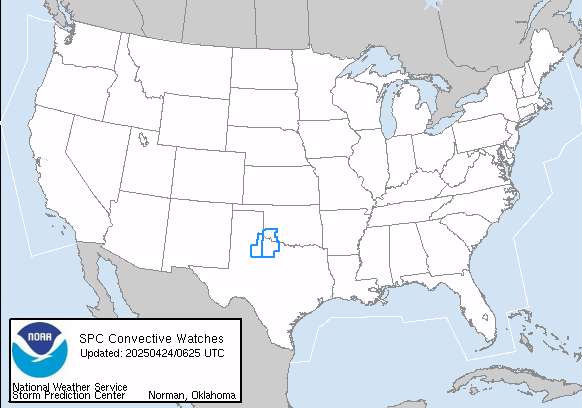
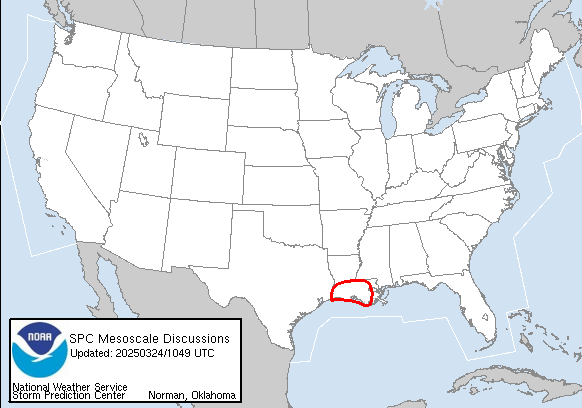
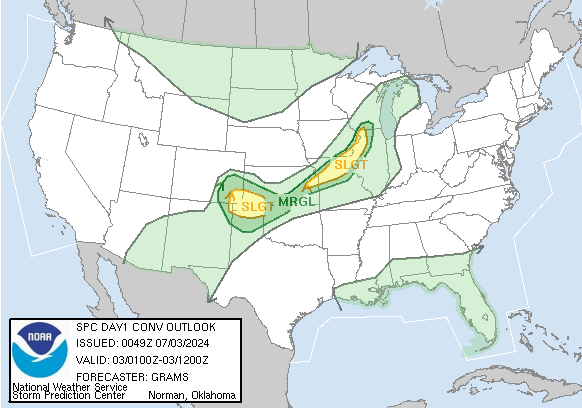
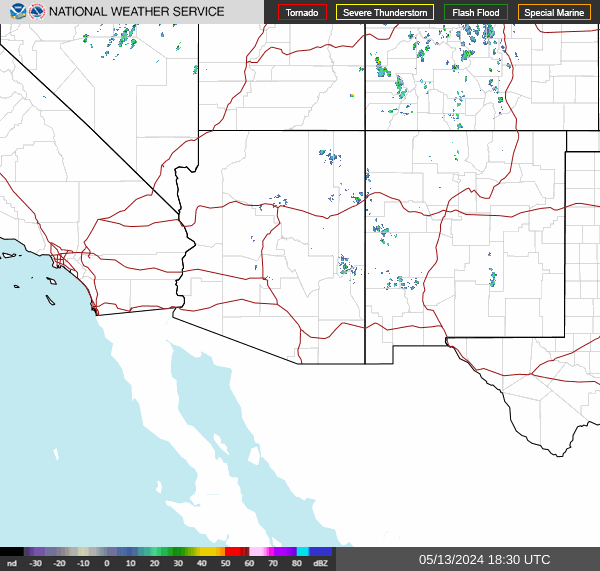
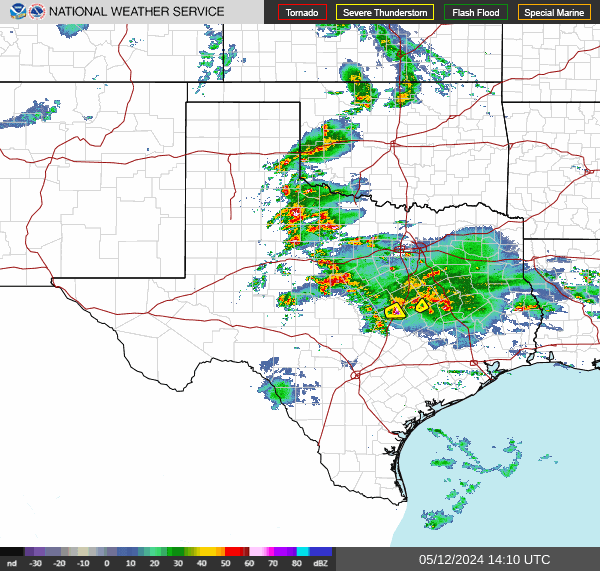
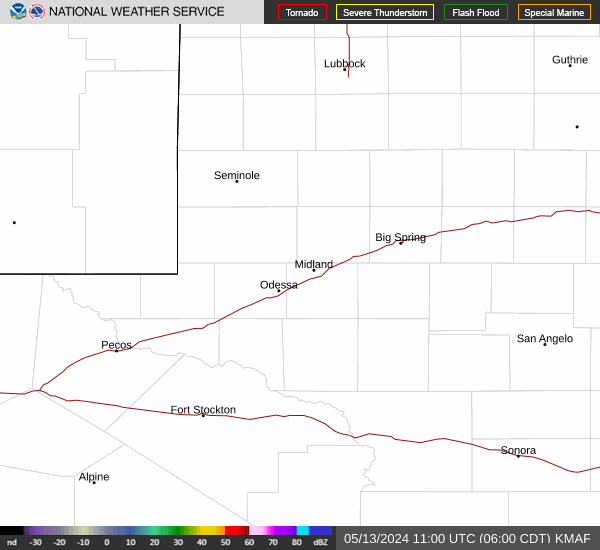
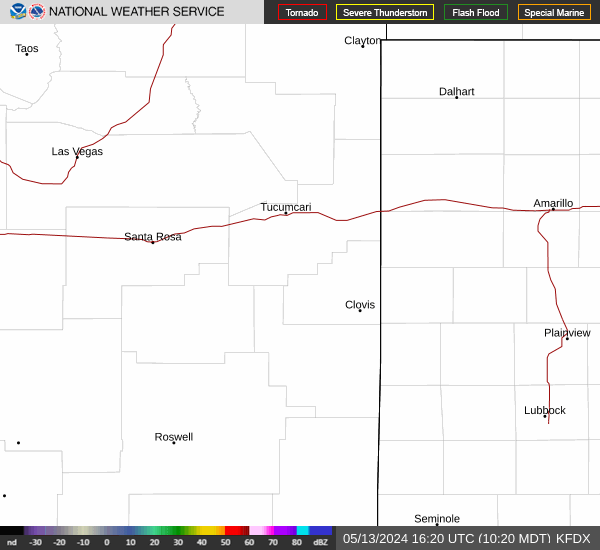
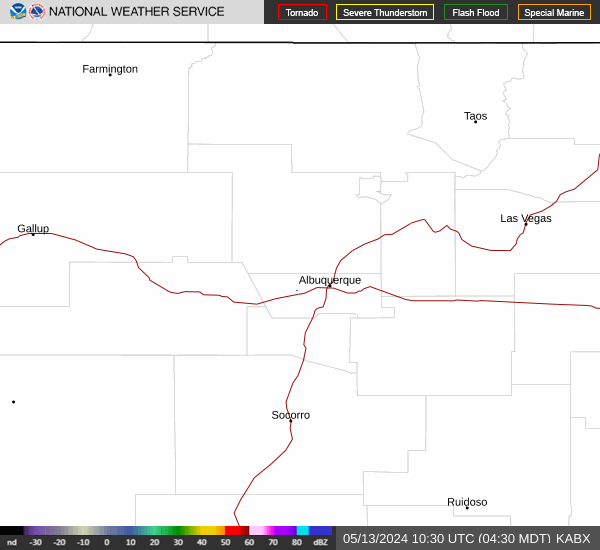
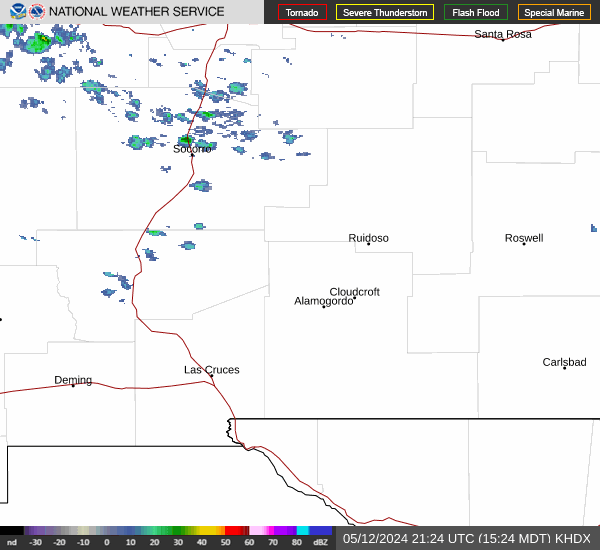
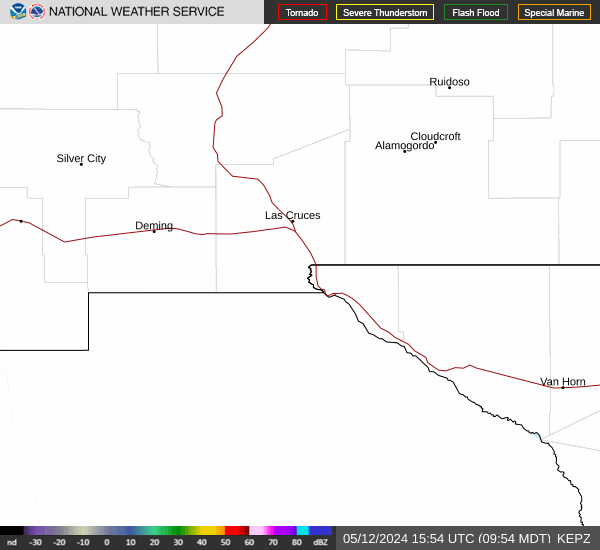
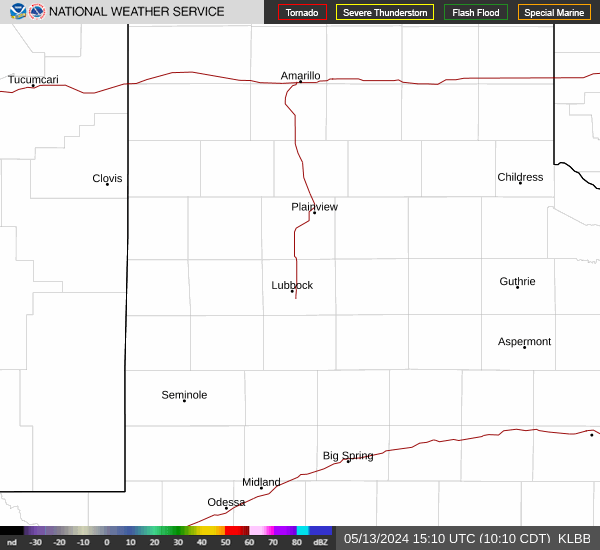



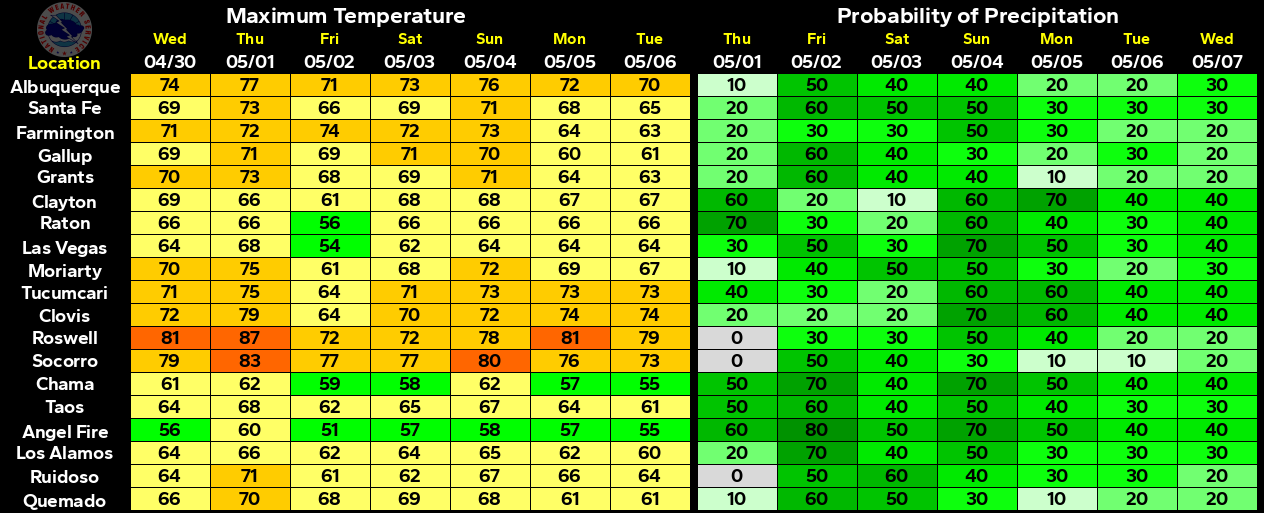
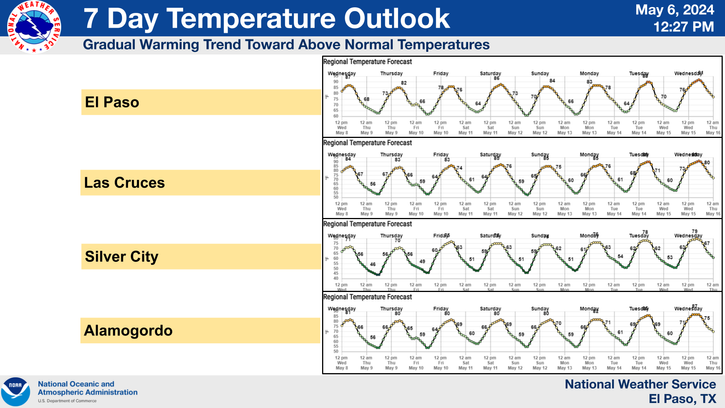
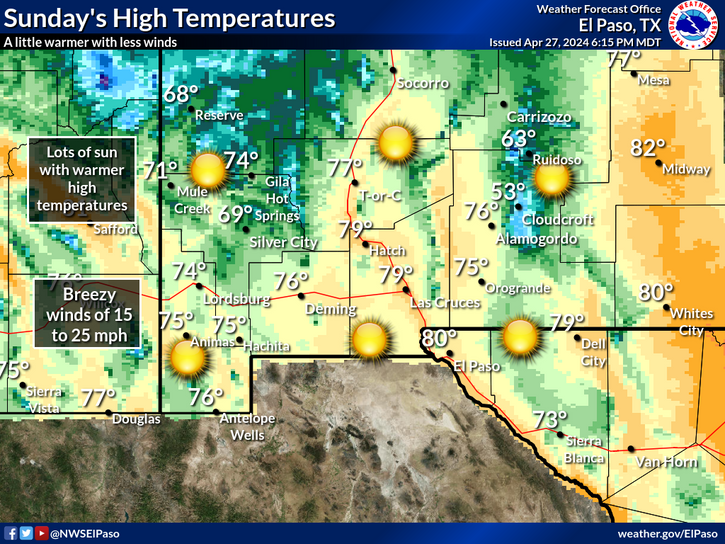
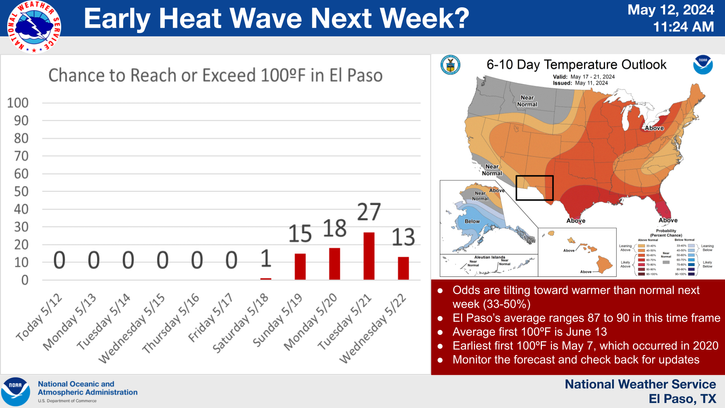
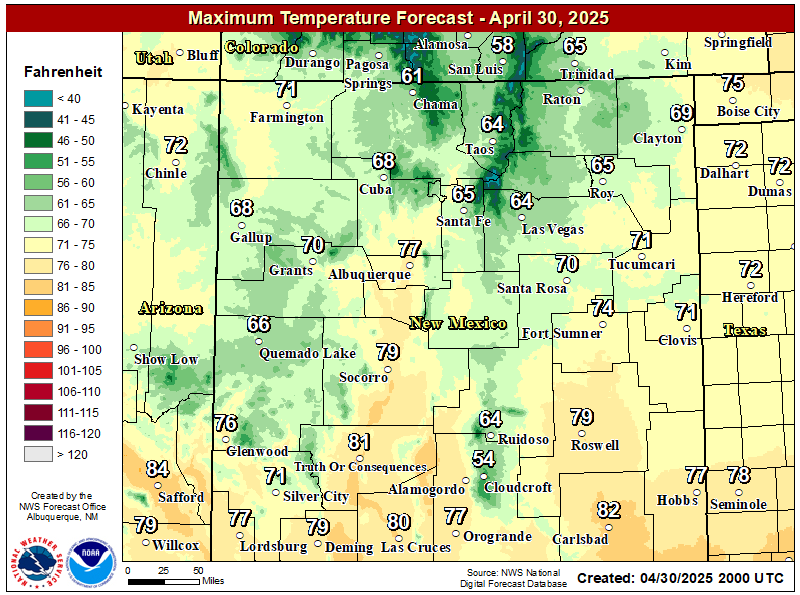
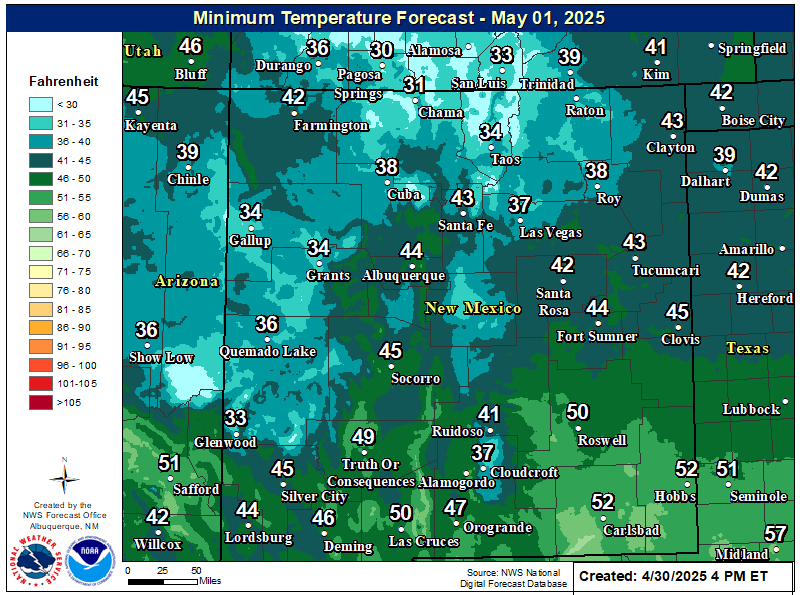
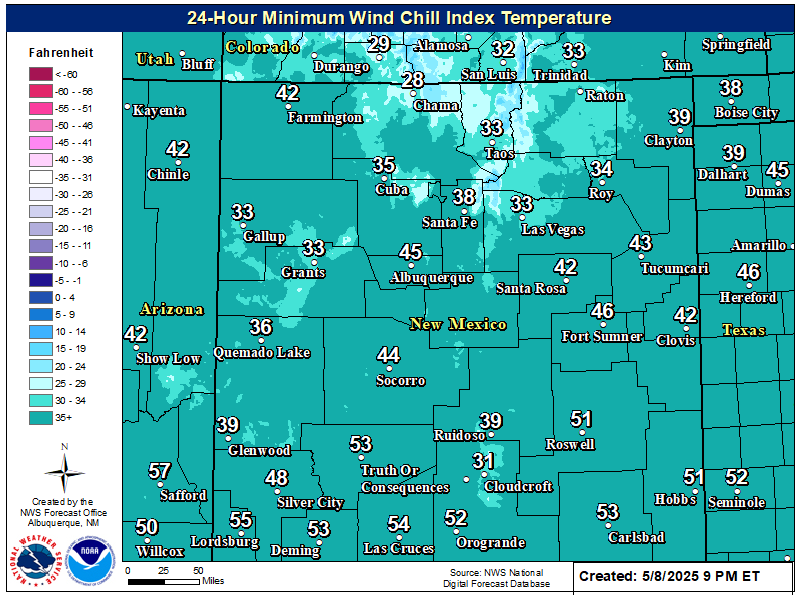
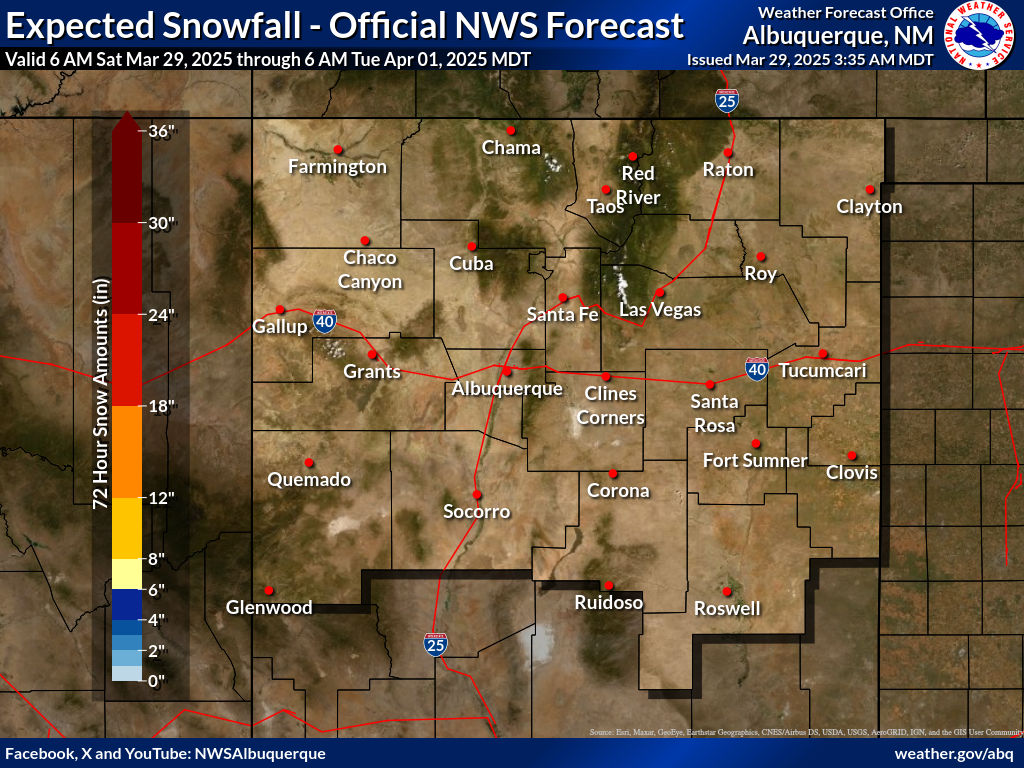
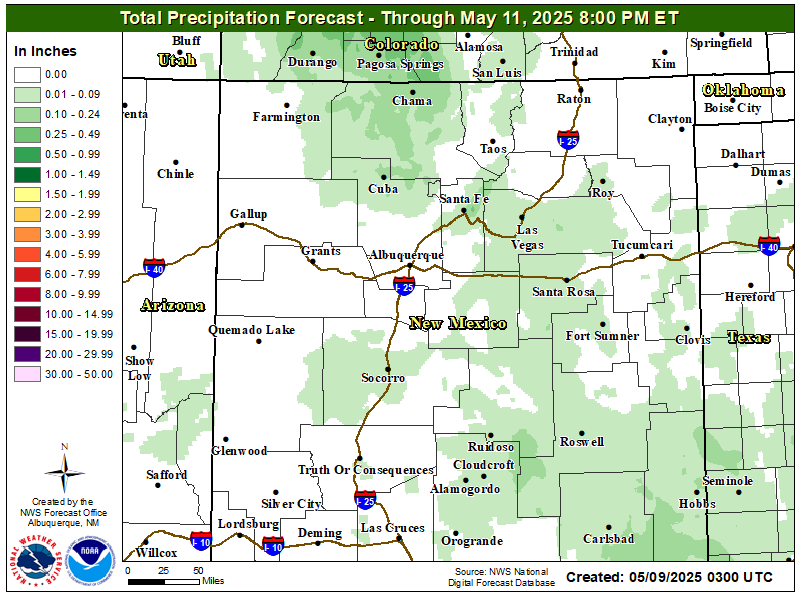
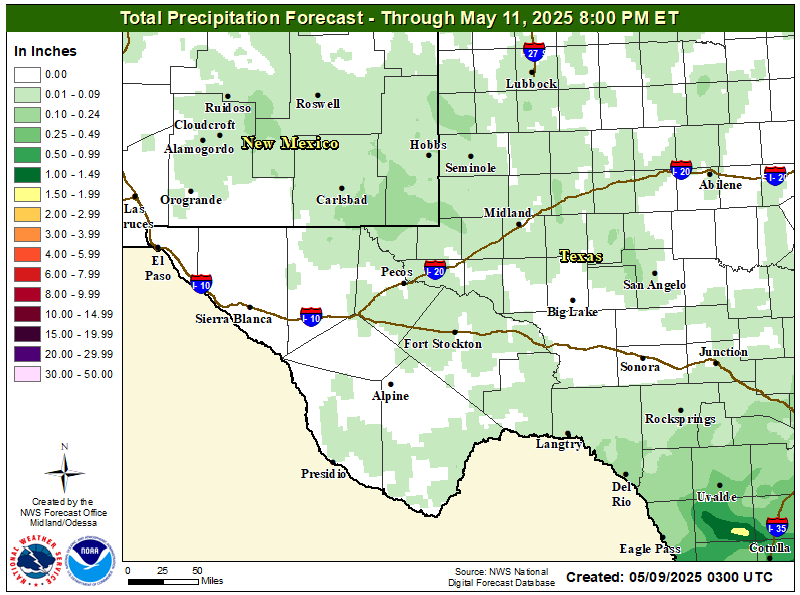
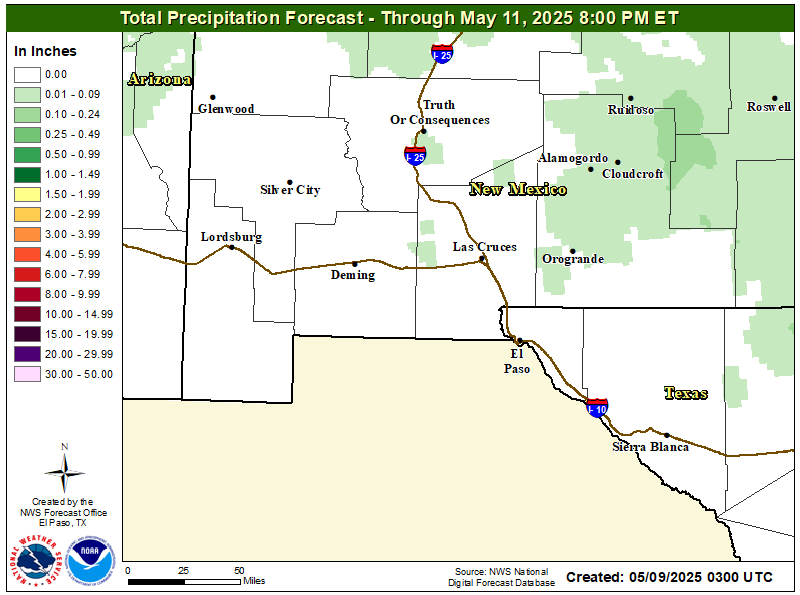

Comments
Post a Comment
Your comments, questions, and feedback on this post/web page are welcome.